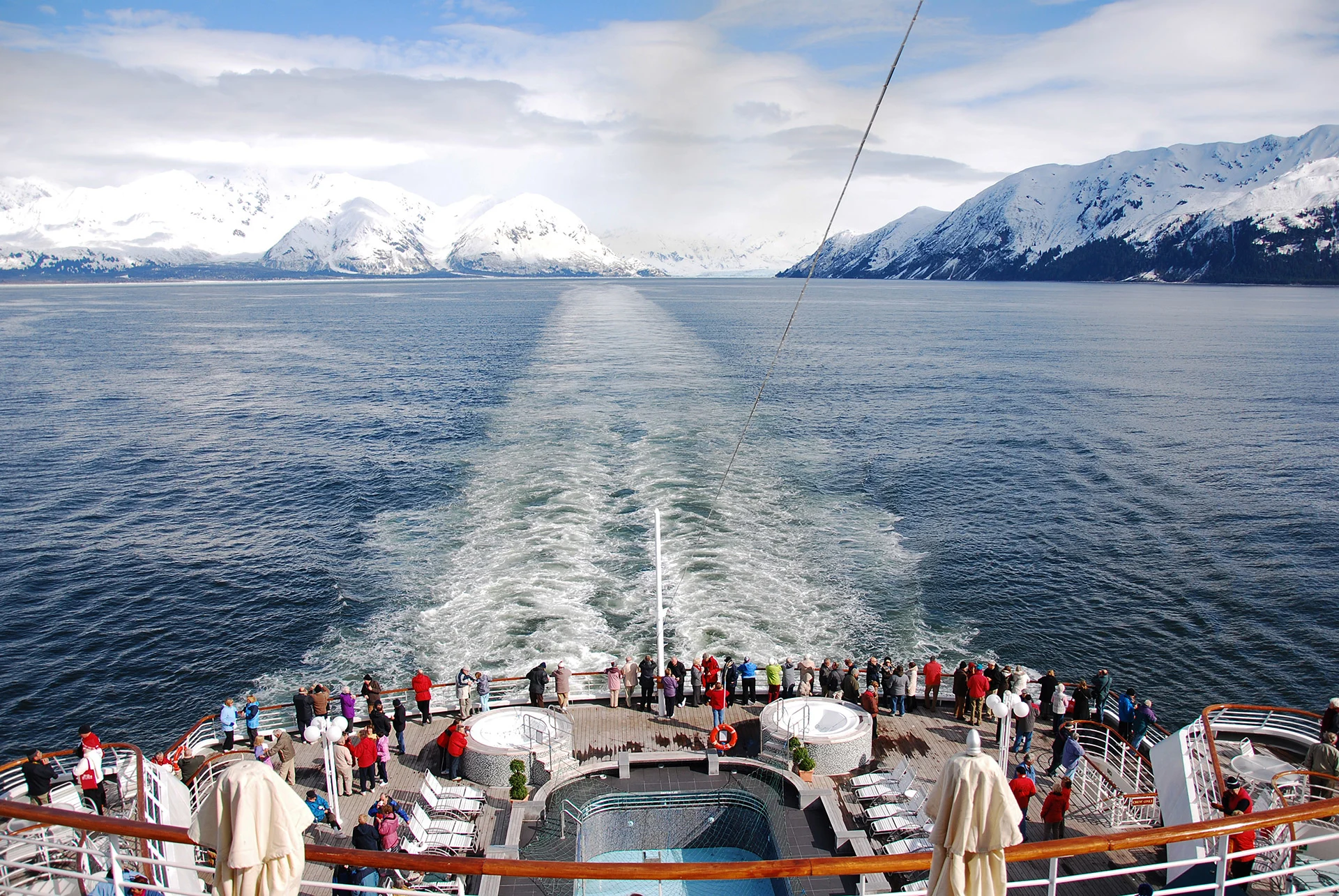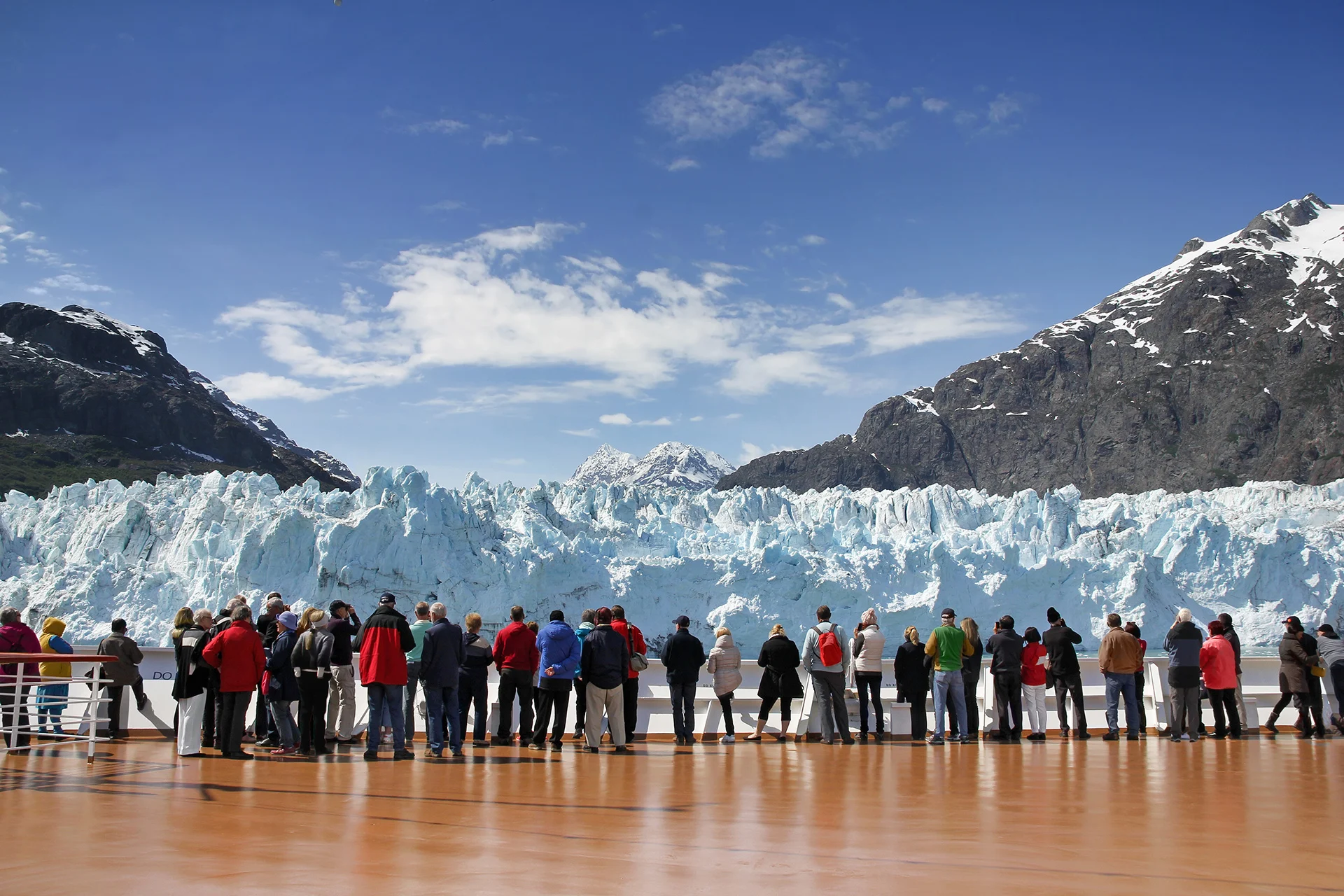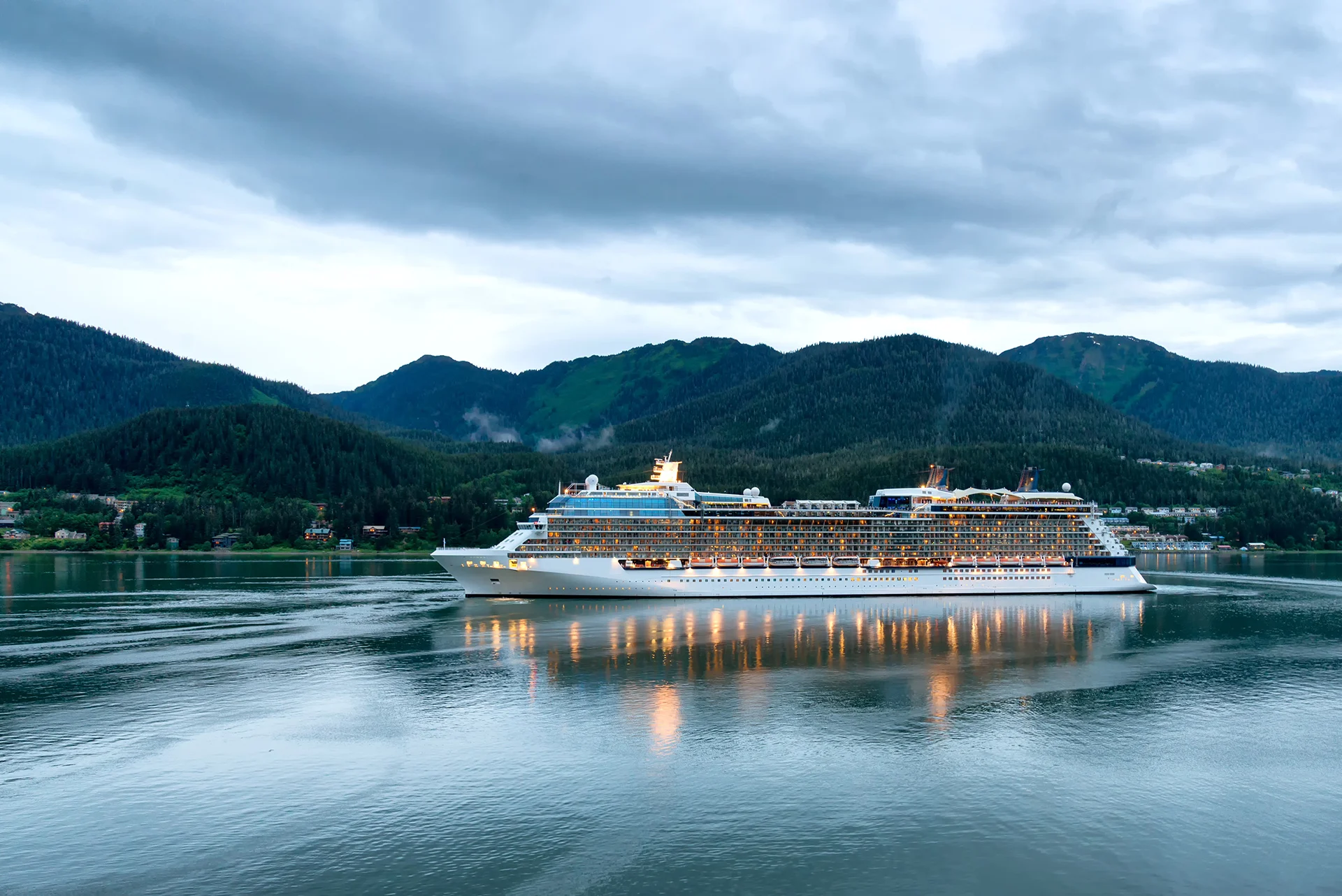
Cruise ban spares B.C. coast up to 31 billion litres of wastewater
Experts say that there is a significant amount of evidence documenting cruise ships dumping their wastes in Canada’s Marine Protected Areas
Coastal waters of British Columbia will be spared up to 31 billion litres of wastewater being dumped by cruise ships this year with the recent extension of a 2020 federal government ban on cruises.
A report by environmental organizations Stand.earth and West Coast Environmental Law says Canada’s weak cruise ship pollution regulations result in an estimated 31 billion litres of ocean pollution annually on the West Coast.
Over one million passengers sailed on some 30 large cruise ships through the waters off British Columbia on their way to and from Alaska in 2019. Regulations are far stricter in Washington State and Alaska, which incentivizes the cruise industry to dump its wastes in Canada, said Michael Bissonnette of West Coast Environmental Law. The ban on cruise ships with more than 100 passengers due to the COVID-19 pandemic would be an ideal opportunity for Canada to harmonize regulations with these US states, Bissonnette told The Weather Network.
“Otherwise the BC coast will continue to be the cruise industry’s dumping grounds,” he says.

Credit: Yü Lan. Adobe Stock.
Cruise ships are floating hotels with restaurants, shops, spas, entertainment facilities, and more. A one-week trip to Alaska and back on a vessel with 2,800 passengers and 1,500 crew can result in a million litres of human sewage, 8.7 million litres of greywater from sinks, showers and laundry facilities, 200 million litres of scrubber washwater, eight tonnes of garbage, 95,000 litres of oily bilge water according to the report.
A ship of this size would burn around 150 tons of highly-polluting heavy fuel oil also known as bunker fuel. A week-long journey would produce more than 3,250 tons of carbon dioxide on that voyage — equivalent to a week’s CO2 emissions from 237,250 passenger vehicles.
Cruise ships use scubbers to filter out sulphur dioxide pollutants from bunker fuel but this requires large quantities of seawater. The resulting washwater is highly acidic and contains a variety of heavy metals and organic compounds that pose a health risk to marine life and aquatic ecosystems says Anna Barford, Canada Shipping Campaigner with Stand.earth.
Some of the 200 million litres of cruise ships’ scrubber washwater were dumped in ocean habitat considered critical for the endangered northern and at risk southern resident killer whales around Vancouver Island, according to a 2019 study by The International Council on Clean Transportation.

Credit: Allen.G. Adobe Stock.
If the tar-like bunker fuel wasn’t sold to the shipping industry it would have to be disposed of as hazardous waste, Barford said in an interview. There are far cleaner marine fuels but they may cost more. Mandating the use of low-sulfur marine gas oil, as California does, is one of six regulatory changes the environmental organizations want the Federal Ministry of Transportation to incorporate.
Another recommendation is to end the dumping of any wastewater in Canada’s Marine Protected Areas (MPAs). “Cruise ships passing through these ecologically sensitive areas leave a trail of poop in their wakes,” says Barford.
There’s plenty of evidence documenting cruise ships dumping their wastes in MPAs, says Ross Klein, a professor at Memorial University in Newfoundland and author of four books on the cruise industry. “The government has been aware of it for at least 10 to 12 years but has done nothing about it,” Klein said in an interview.
“Canada doesn’t enforce the regulations it has, and those rules are weak and need to be made stronger,” he said.
Canada doesn’t have onboard ship monitors that are required for cruises in Alaskan waters but does conduct Port State Control inspections. Those are an International Maritime Organization (IMO) requirement to inspect foreign ships in national ports to verify the condition of the ship, its crew and equipment. Pollution controls are also verified for compliance with Canadian regulations, said Cybelle Morin, a Transport Canada spokesperson.
West Coast Environmental Law’s Bissonnette hopes the report with its six concrete recommendations will get a conversation going about Canada incorporating the best elements of US pollution regulations.
When asked about this Morin responded: “Transport Canada continues to work to ensure that the marine environment regulations that keep Canadian waters safe and clean are kept up to date.”
Thumbnail credit: Kitisak. Adobe Stock.
